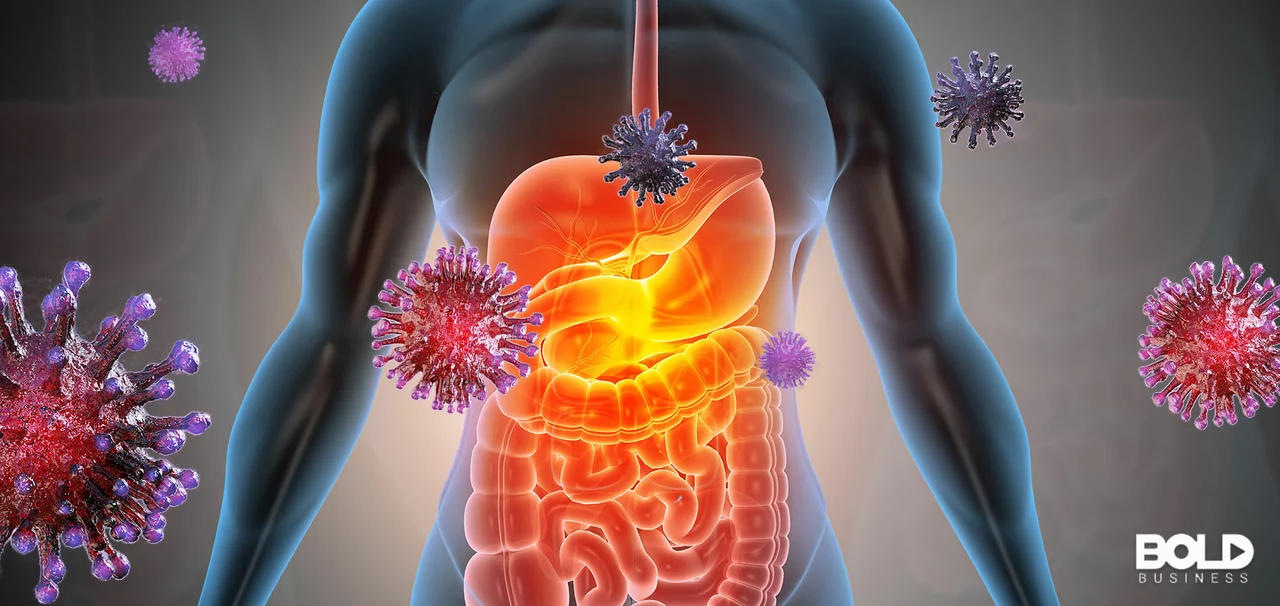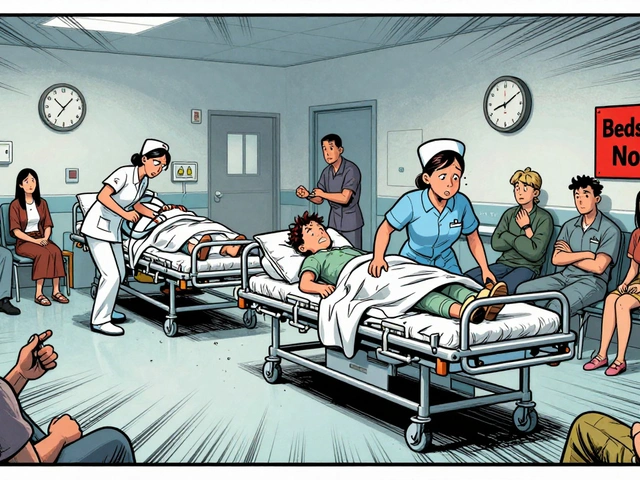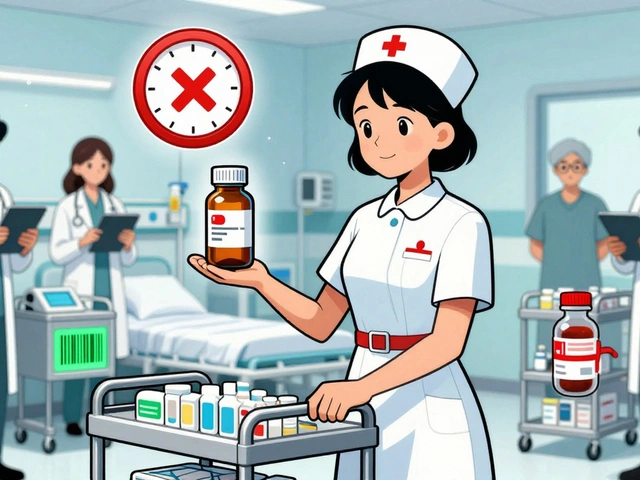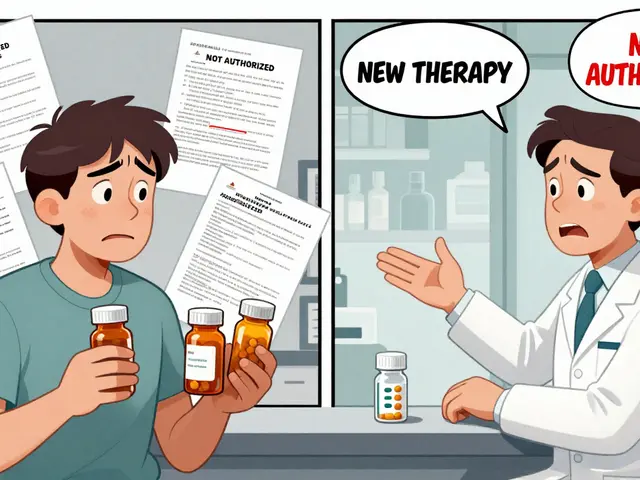Vaginal infections: what to watch for and what to do
If your vagina feels unusual—itching, burning, odd discharge, or a bad smell—you might have a vaginal infection. Don’t panic. Most infections are common and treatable. This page gives clear signs, how tests work, treatment options, and practical safety tips so you can act fast and avoid mistakes.
Quick symptom guide
Different infections often feel different. Here’s a short breakdown so you know what to tell your clinician or read on the product box:
Yeast infection (Candida): Intense itching, thick white "cottage cheese" discharge, burning during urination or sex. Usually no strong odor.
Bacterial vaginosis (BV): Thin, gray or white discharge with a fishy smell, especially after sex. Itching may be mild or absent.
Trichomoniasis: Frothy yellow-green discharge, strong smell, itching, and sometimes pelvic discomfort. It’s a sexually transmitted infection and needs partner treatment.
When to see a doctor now: Fever, severe pelvic pain, heavy bleeding, very strong odor, or symptoms during pregnancy. If you’ve never had symptoms like this before, get checked.
Treatment options & safety tips
Treatments depend on the cause. Over-the-counter antifungal creams or single-dose oral fluconazole often work for yeast infections. BV usually needs prescription antibiotics like metronidazole or clindamycin. Trichomoniasis requires a single or multi-day dose of metronidazole or tinidazole, and partners should be treated too.
Follow the full course your provider prescribes. Stopping early can cause recurrence or resistance. If symptoms return within a few weeks, get rechecked instead of repeating leftover meds.
Quick safety notes: avoid douching— it upsets your natural balance. Wear breathable cotton underwear and avoid scented soaps or sprays near the vulva. If you’re pregnant, breastfeeding, or on lots of meds, check with a clinician before using oral treatments.
Drug interactions and alcohol: don’t drink alcohol with metronidazole (it can cause nausea and flushing). If you take blood thinners or other prescription drugs, ask a provider about interactions before starting treatment.
Buying meds online? Use a licensed pharmacy, require a prescription for prescription drugs, check clear contact info and reviews, and avoid sites that sell prescription meds without asking for a prescription. If a deal looks too good, it might be fake medication.
Simple self-care can help while you treat the infection: warm sitz baths for comfort, loose clothing, and symptom tracking. If treatment doesn’t clear symptoms in 7–14 days, see your clinician for testing—pH checks, microscopy, or lab tests (NAAT) can pinpoint the cause.
If you’re unsure what you have, a short telehealth visit or clinic test can save time and give the right medicine. Get treated properly and get back to feeling like yourself.

The Connection Between Gut Health and Vaginal Infections
In my latest research, I have discovered a fascinating connection between gut health and vaginal infections. It turns out that a balanced gut microbiome is essential for maintaining a healthy vaginal ecosystem. When our gut bacteria are thrown off balance, it can lead to an overgrowth of harmful bacteria and yeast, which may cause vaginal infections like bacterial vaginosis or yeast infections. So, taking care of our gut health through a balanced diet and possibly probiotics is crucial in preventing these uncomfortable infections. I will definitely be paying more attention to my gut health to ensure my overall well-being.
View More




